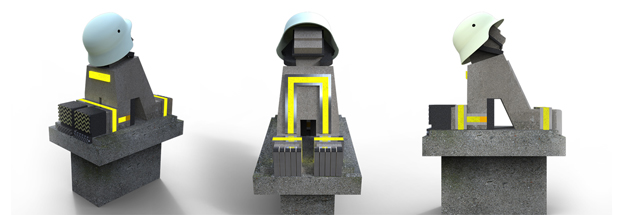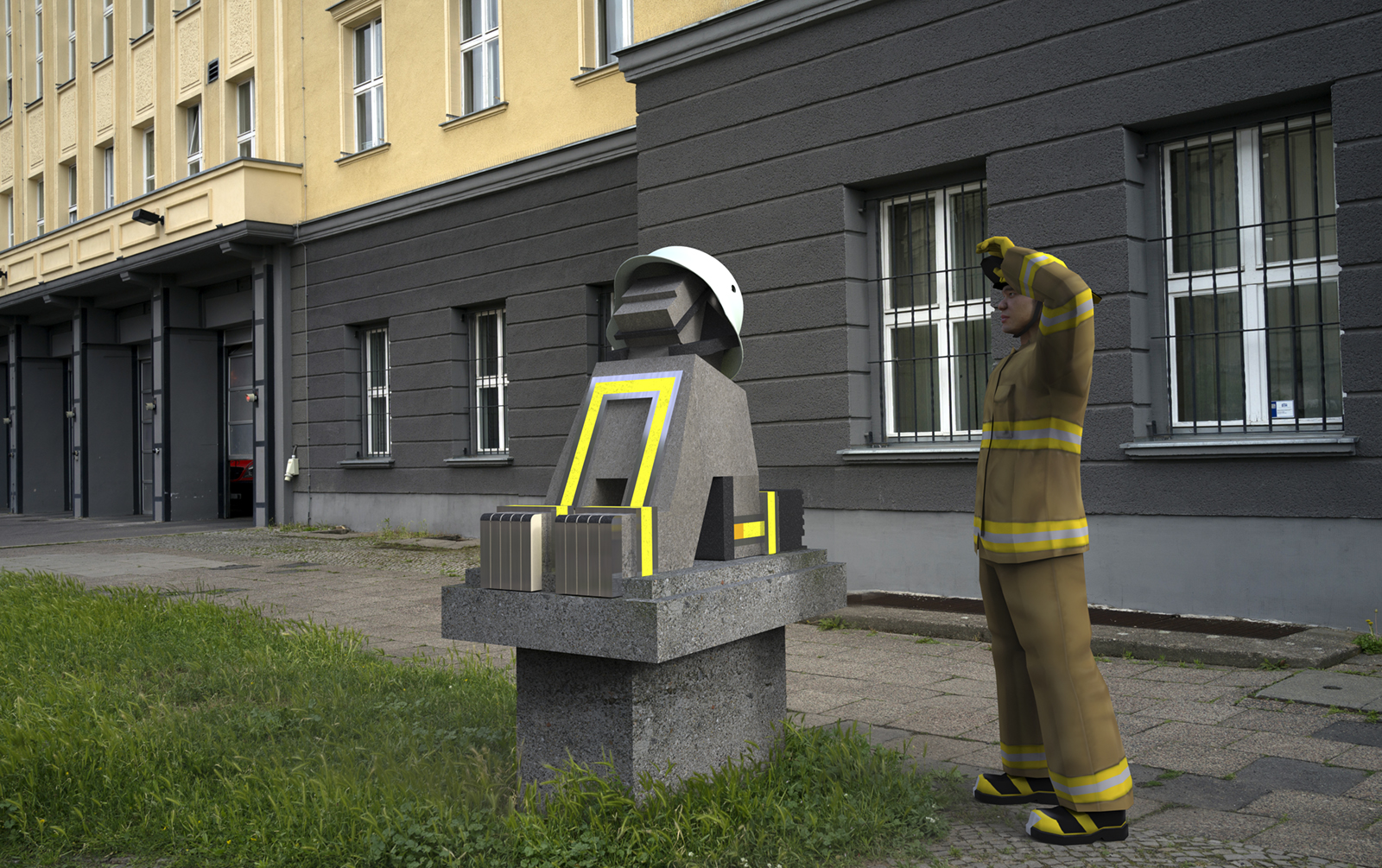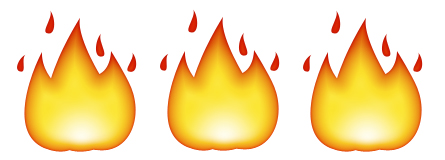Issue 39
Alona Rodeh
The Door Keepers

to "measure" the modernity of cities*. To judge from the city of Berlin, fire is an endangered
phenomenon. On a demanding day, the Berlin fire brigade can receive 1,800 calls. Out of all of
the fire department's activities, fire extinguishing takes up only about three percent. Other calls
are for car accidents, floods, trees falling, oil spilling, and above all: emergency medical calls.
While twenty-first century fire prevention technologies are being successfully employed to
defeat fires before they happen, fire extinguishing is still the tangible and moral fuel that keeps
fire departments going; the possibility of fire dominates their training, their clothing and their
technical gear. Many of them emphasize the gap between their training and their practical work,
which has been taken over by emergency medical services. The older fellows miss the days
when "a call was a call." Some of the younger firefighters have only experienced "real" fires
during their training.

Sketch for a possible future sculpture, "The Door Keeper", Friedrichshain Fire Station, Berlin 2017
If looking at the image of fire in pop, fire is present more than ever. I would risk stating that
more music video clips on VEVO incorporate images of fire in the form of flames, smoke,
pyrotechnics or fireworks, digital or live on set with the aid of specialists, than those that do
not. CGI and pyrotechnics also dominate the realm of action movies. Both high fashion and
streetwear brands often play with images of flames, which are always in style. Tattoos, car
racing and energy drink branding – all of them share an obsession with illustrations of flames.
As I witnessed some few fires this year, I realized something quite fascinating. While culture at
large feels very comfortable depicting pictures of flames – from kindergarten coloring books to
street art graffiti – fire is actually impossible to capture. It is, in fact, elusive; for decades its
image has been compressed and exploited to fit into simple shapes and outlines, while fire
itself has been burned out, made extinct. Hidden among the ashes, perhaps it is waiting for the
next century to come along so it can be reinvented.
* Cornel Zwierlein, The Burn of Modern Cities, Flammable Cities essay compilation, 2012

Segments from Alona Rodeh's introduction to FIRE: Safe and Sound (ZK/U Press, 2017), a collection of essays
edited by the artist on the subject of fire fighting and fire in the urban sphere, following a 9 month residency at
the Berlin Fire Brigade.
The project was made possible with the support of ZK/U - Zentrum für Kunst und Urbanistik the initiators of
the Artist Dis-Placement Residency at the Berlin Fire Brigade in the framework of the Artecitya project, co-
funded by the Creative Europe Programme of the European Union, and the Berlin Fire Brigade. It was also
supported by the Berlin Senate Department of Culture and Europe and the Israel Lottery Council for Culture and Arts.